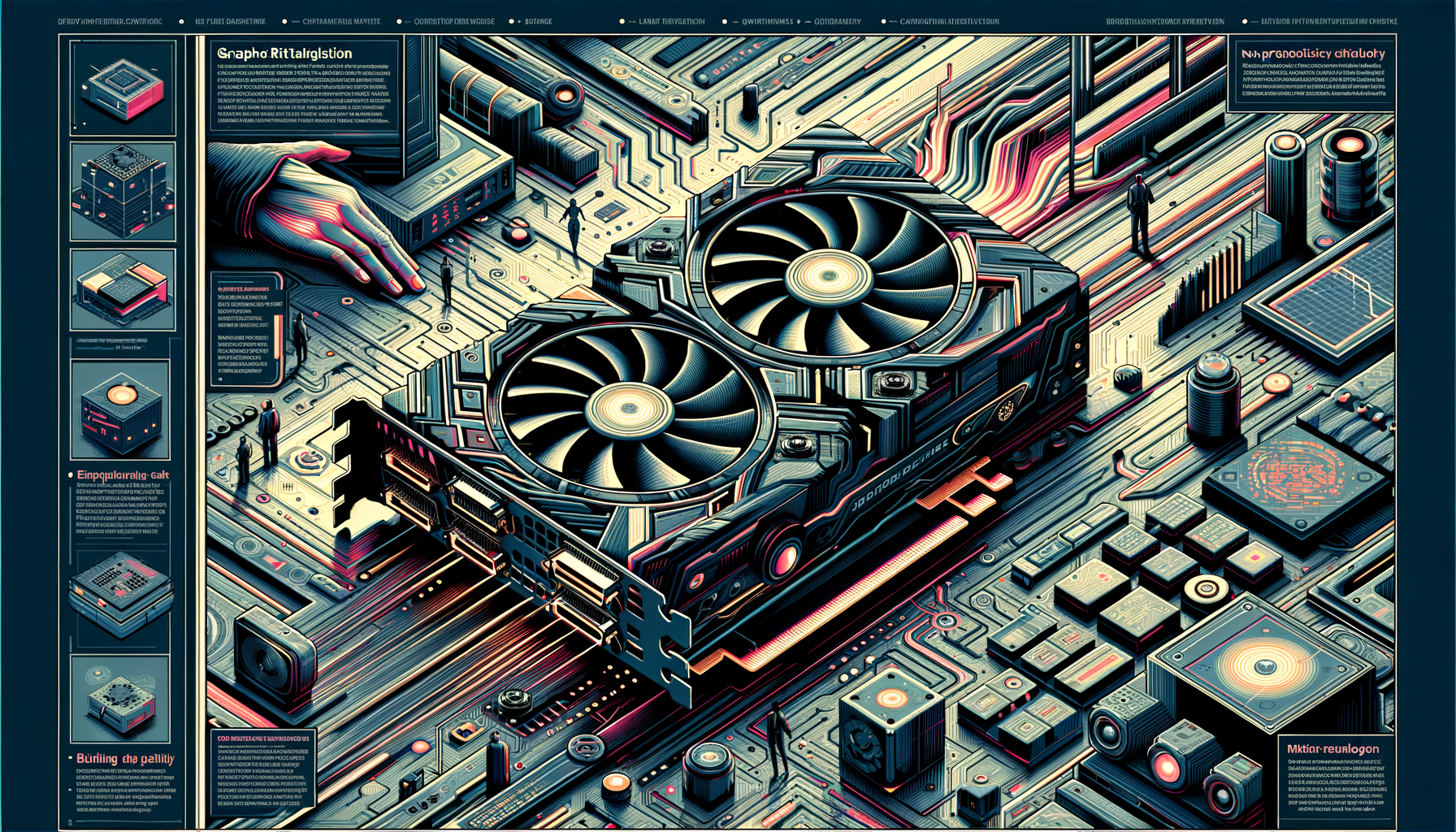The competition for supremacy in the graphics card industry continues to intensify as AMD’s latest offering, the Radeon RX 9060, demonstrates impressive performance outcomes in initial benchmarking tests. This non-XT variant of AMD’s new graphics processing unit (GPU) competes robustly with Nvidia’s RTX 5060, positioning itself as a strong contender in the mid-range GPU market. These results are particularly significant as the global demand for cost-effective, high-performance GPUs increasingly dominates consumer markets.
Zooming In
Recent benchmarks conducted by influencers and experts in the field reveal that the Radeon RX 9060 does more than just shadow its competitor, the Nvidia RTX 5050. Not only does it surpass the RTX 5050 by a considerable margin, but it also rivals the recently released RTX 5060 in terms of performance metrics across various gaming scenarios. This revelation comes after AMD’s announcement last week detailing a reduction in cores and clock speeds from its XT variants.
The RX 9060 features a scaled-down architecture compared to its XT version, with reduced compute units and memory speed. It also houses 8 GB of VRAM-matching the memory capacity found in the RTX 5060 and RTX 5050. The benchmarks indicate that these modifications have not translated into significant performance drawbacks, as the GPU continues to manage demanding gaming scenarios effectively at 1080p resolution. This achievement highlights the potent design efficiency embedded within AMD’s RDNA 4 architecture.
Currently, the Radeon RX 9060 is tailored for integration into pre-built systems targeted at the Asian market, with particularly promising results emerging from Korea. Speculation suggests AMD is strategically throttling availability until manufacturing scales can support a wider release. Analysts anticipate broader availability as production volumes normalize, which would ideally provide Western markets with another viable option for budget-conscious gamers seeking robust performance.
The introduction of the RX 9060 not only offers a fresh alternative for consumers looking to build or upgrade PCs but also elevates the competitive landscape between AMD and Nvidia. By delivering competitive performance at likely lower cost points, AMD may drive Nvidia to reassess their pricing strategies, thus potentially benefiting consumers in terms of affordability. Furthermore, the RX 9060 could catalyze increased scrutiny on 8 GB VRAM criticism, particularly in light of gaming optimization issues rather than sheer hardware limitations.
As the demand for more budget-friendly GPU options continues, AMD’s RX 9060 stands poised to attract a strong following, particularly if availability can be swiftly ramped to meet consumer demand globally. Despite currently limited distribution, the card’s performance solidifies AMD’s position as a formidable player in the market, shaping expectations for affordability and efficiency in the graphics industry’s mid-tier segment.
This strategic rollout highlights the unwavering competitive spirit between major industry players, and consumers stand to gain the most from this continuing rivalry in terms of choice, quality, and pricing.









